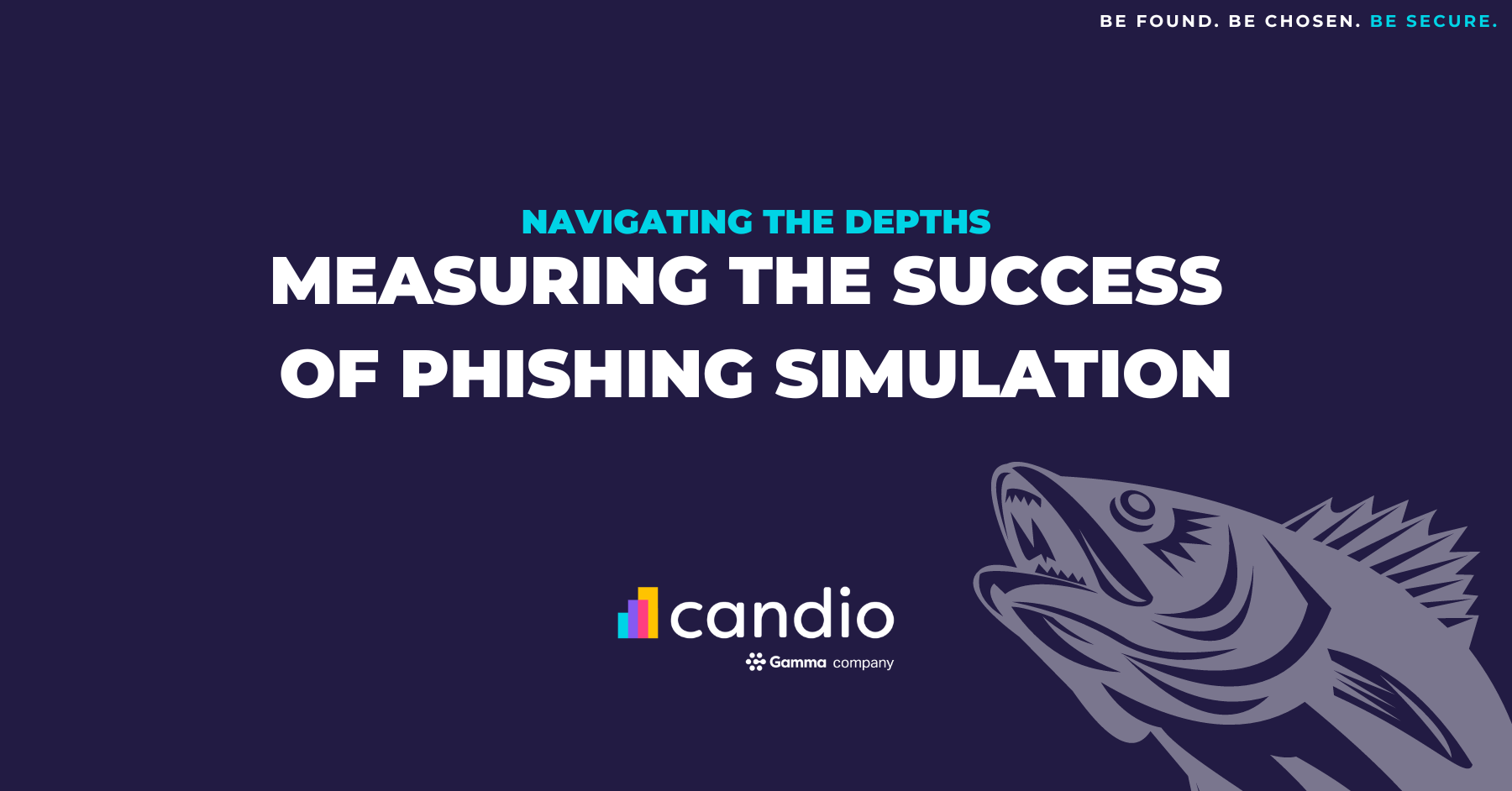Navigating the Depths: Measuring the Success of Phishing Simulation
In the vast sea of cybersecurity threats, phishing remains one of the most prevalent and insidious dangers. The lure of a carefully crafted email or message, designed to trick individuals into revealing sensitive information or compromising security measures, poses a constant challenge to organisations worldwide. In response, many companies have turned to phishing simulations as a proactive means of training employees and fortifying their defences. However, the effectiveness of these simulations hinges not only on their execution but also on how success is measured and evaluated.
Understanding Phishing Simulation
Before delving into the metrics of success, it’s essential to grasp the concept of phishing simulation itself. Put simply, phishing simulation involves creating mock phishing attacks—typically in the form of emails or messages—that mimic the tactics used by real cybercriminals. These simulations are then deployed internally within an organisation to gauge employees’ susceptibility to such threats.
The primary goal of phishing simulations is twofold: to educate employees about the various forms of phishing attacks and to assess their ability to recognise and respond to such threats effectively. By simulating realistic scenarios, organisations can identify vulnerabilities in their security posture and provide targeted training to mitigate risks.
Metrics for Success
Measuring the success of phishing simulations requires a multifaceted approach that goes beyond simply tracking the number of clicks on phishing emails. While click rates provide valuable insights into susceptibility, they only scratch the surface of a comprehensive evaluation. Here are some key metrics to consider:
- Click Rates: This metric indicates the percentage of employees who fell for the simulated phishing attack by clicking on a malicious link or opening a malicious attachment. While high click rates may initially seem alarming, they provide valuable data for targeted training and awareness campaigns.
- Reporting Rates: Encouraging employees to report suspicious emails is crucial for early detection and response to real phishing threats. Monitoring the percentage of employees who report simulated phishing attempts can help gauge awareness and engagement levels.
- Response Times: How quickly employees report suspicious emails can significantly impact the organisation’s ability to mitigate potential risks. Tracking response times from the moment of receipt to reporting provides insights into the effectiveness of security awareness training and incident response protocols.
- Training Effectiveness: Post-simulation assessments or surveys can measure the effectiveness of training initiatives in improving employees’ ability to recognise and respond to phishing attacks. Assessments may include questions about phishing indicators, best practices for handling suspicious emails, and reporting procedures.
- Repeat Offenders: Identifying employees who repeatedly fall for simulated phishing attacks can highlight areas for targeted intervention and additional training. Patterns of behaviour may indicate a need for personalised coaching or remedial education.
- Phishing Resilience Over Time: Monitoring trends in click rates, reporting rates, and response times over multiple simulation campaigns can provide insights into the organisation’s overall phishing resilience. A downward trend in click rates coupled with an increase in reporting rates and faster response times suggests improved security awareness and readiness.
Challenges and Considerations
While these metrics offer valuable insights into the effectiveness of phishing simulations, it’s essential to approach evaluation with nuance and context. Several factors can influence the outcome of simulation campaigns, including the sophistication of simulated attacks, the frequency of training, and organisational culture.
Moreover, success metrics should be tailored to the unique goals and risk profiles of each organisation. What works for one company may not necessarily apply to another, underscoring the importance of customisation and continuous improvement.
Conclusion
Phishing simulation serves as a vital tool in the arsenal of cybersecurity defences, helping organisations bolster their resilience against evolving threats. By adopting a comprehensive approach to measuring success, organisations can identify weaknesses, empower employees with knowledge and skills, and ultimately fortify their defences against phishing attacks.
As the cybersecurity landscape continues to evolve, ongoing assessment and adaptation are essential to stay one step ahead of threat actors. By leveraging the insights gleaned from phishing simulations, organisations can navigate the treacherous waters of cyberspace with greater confidence and resilience.
